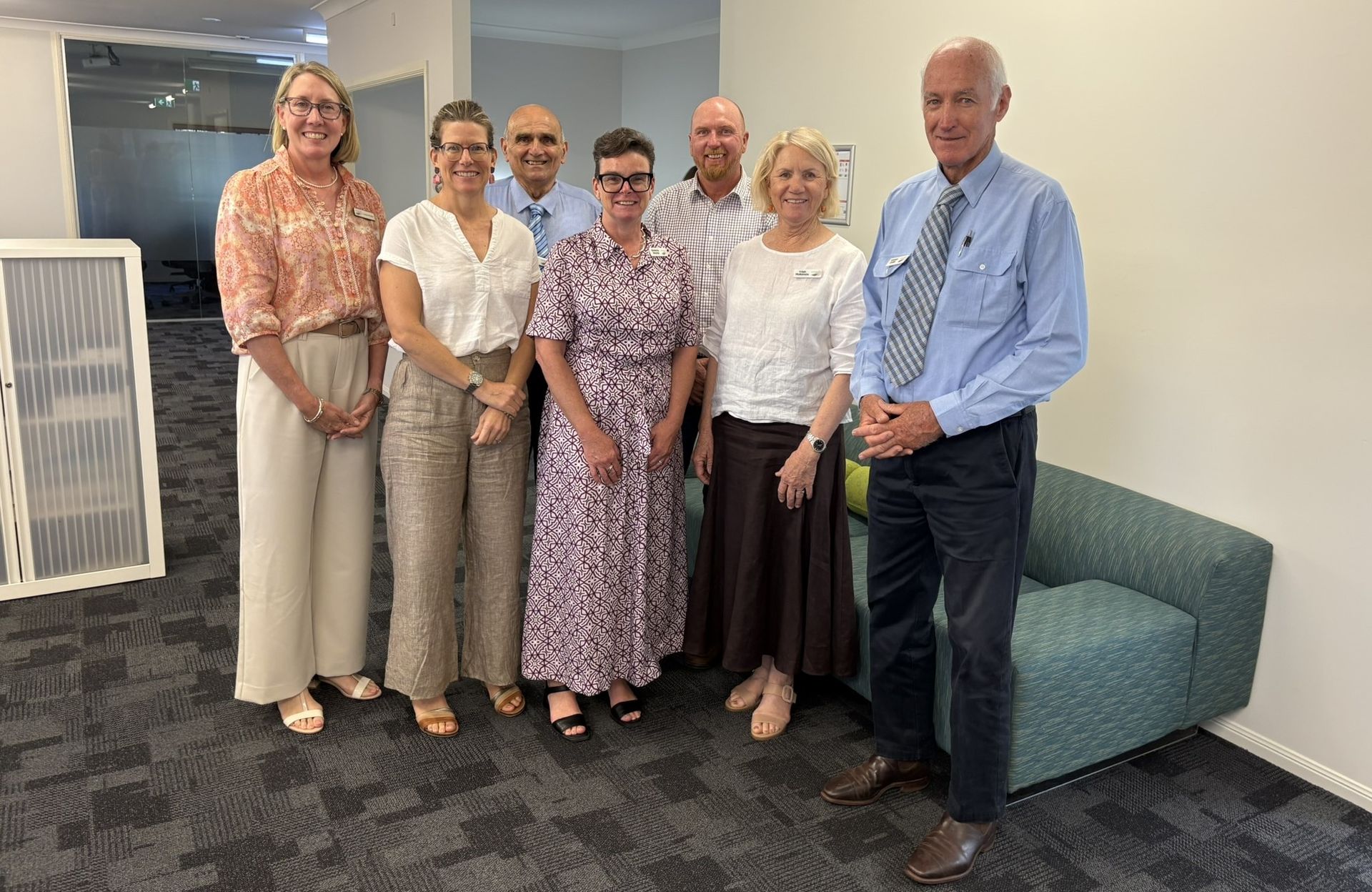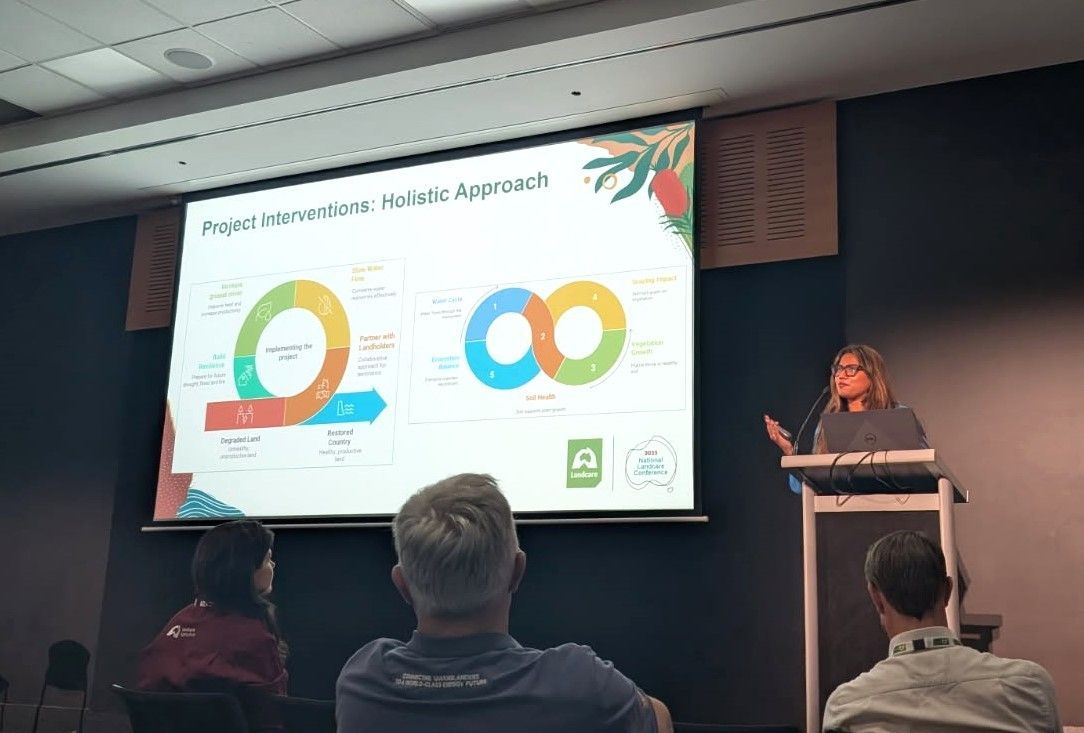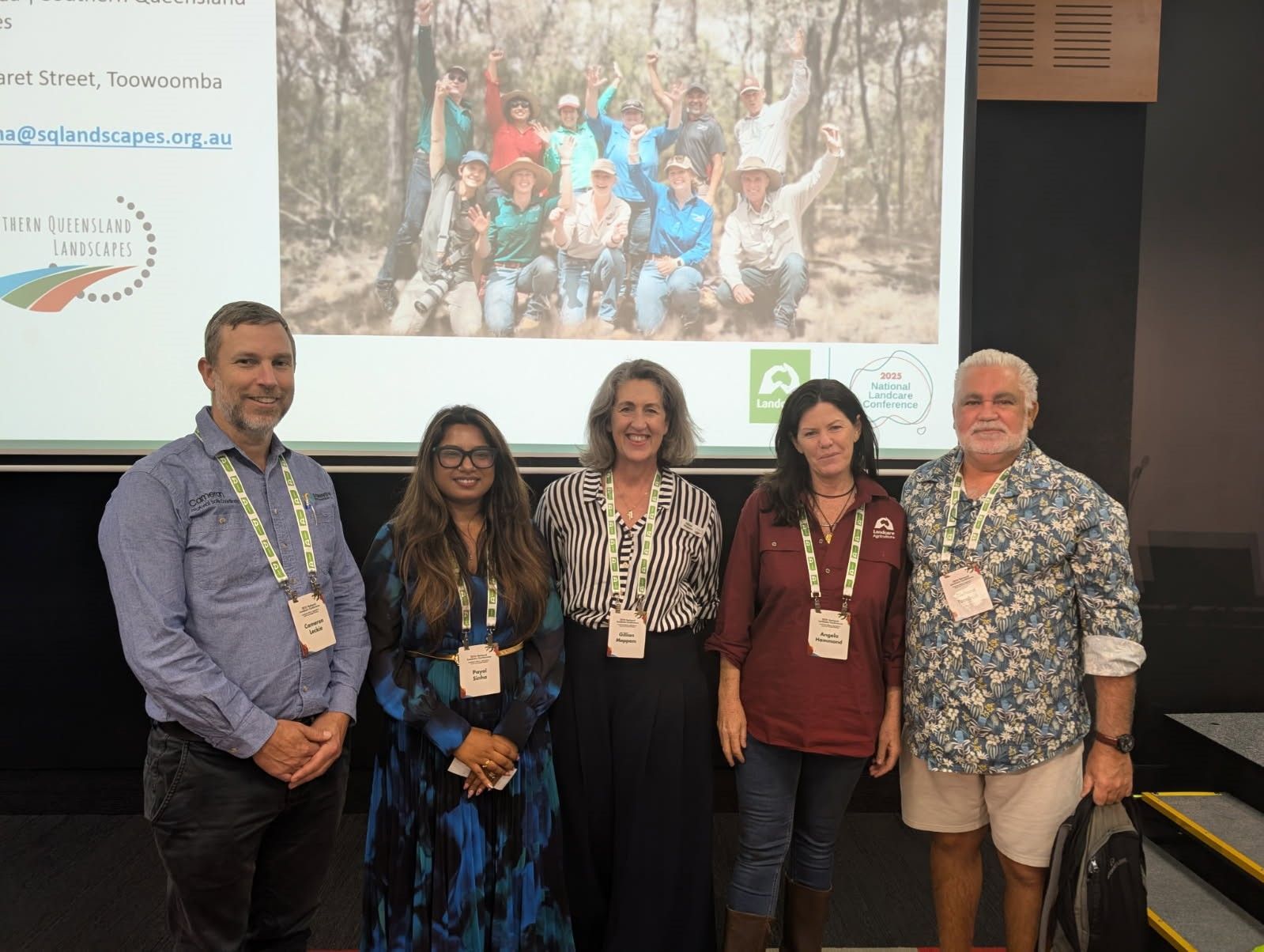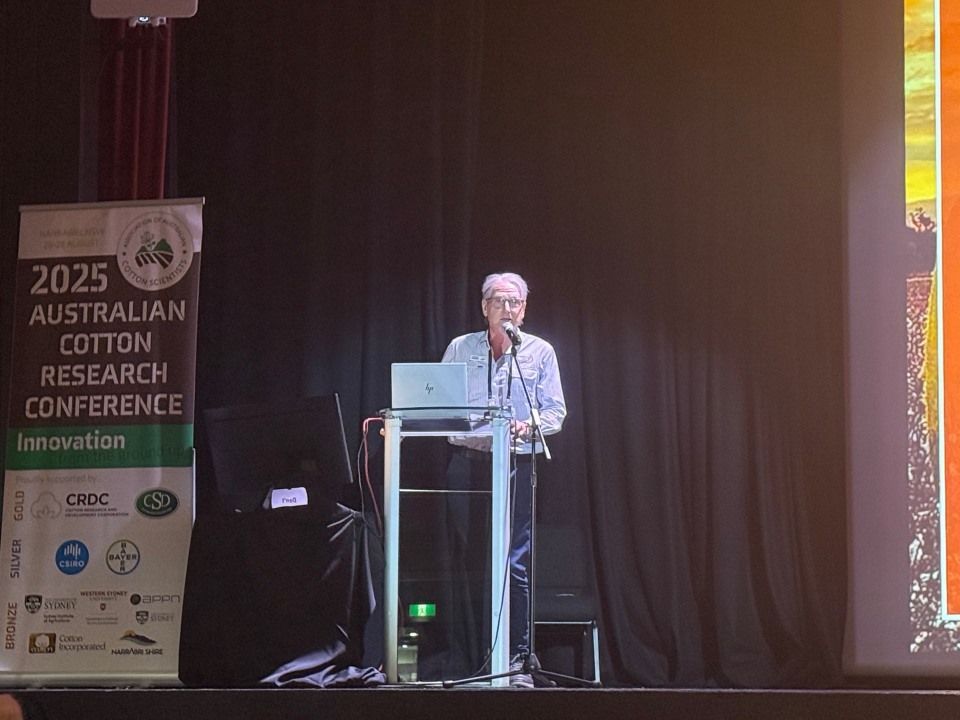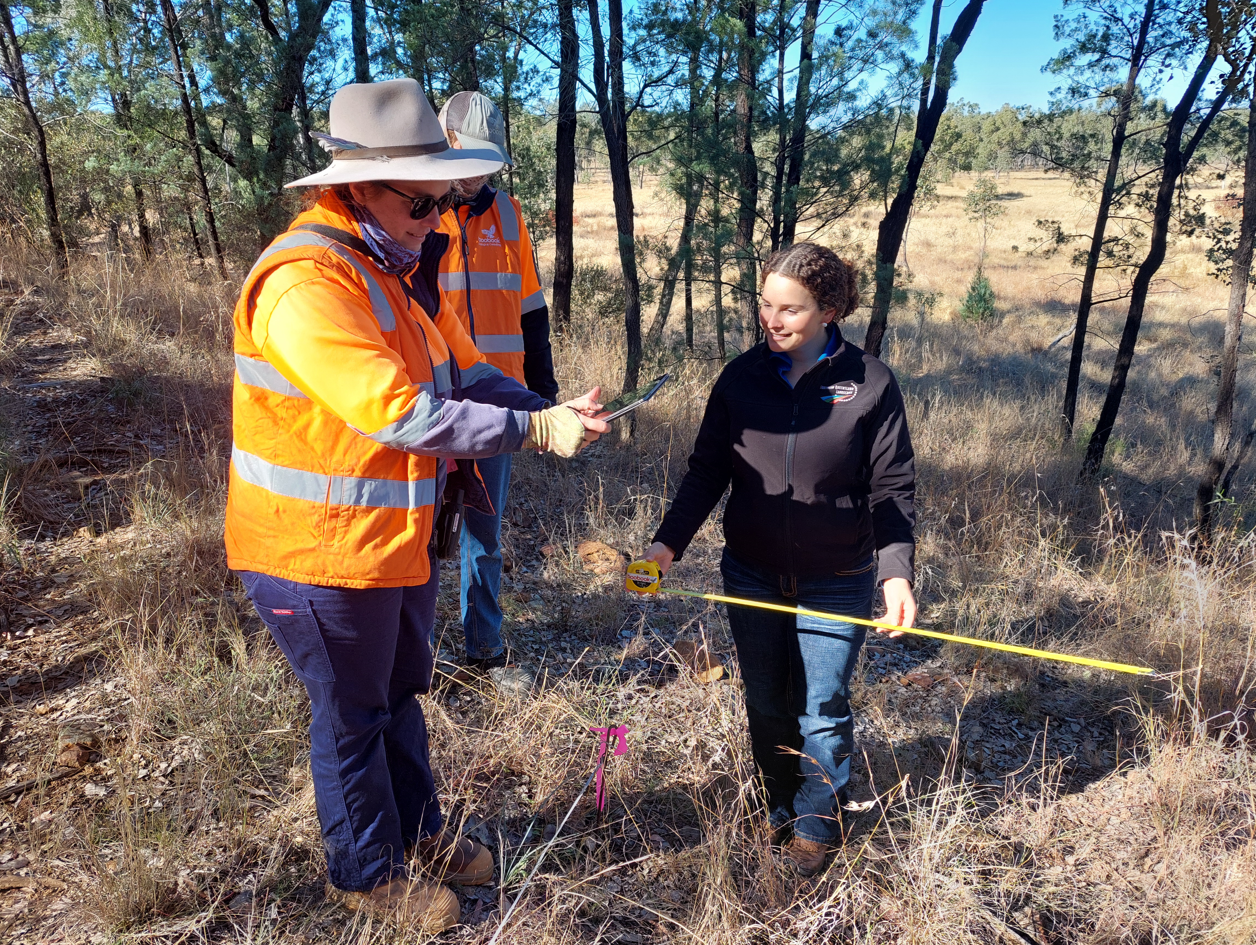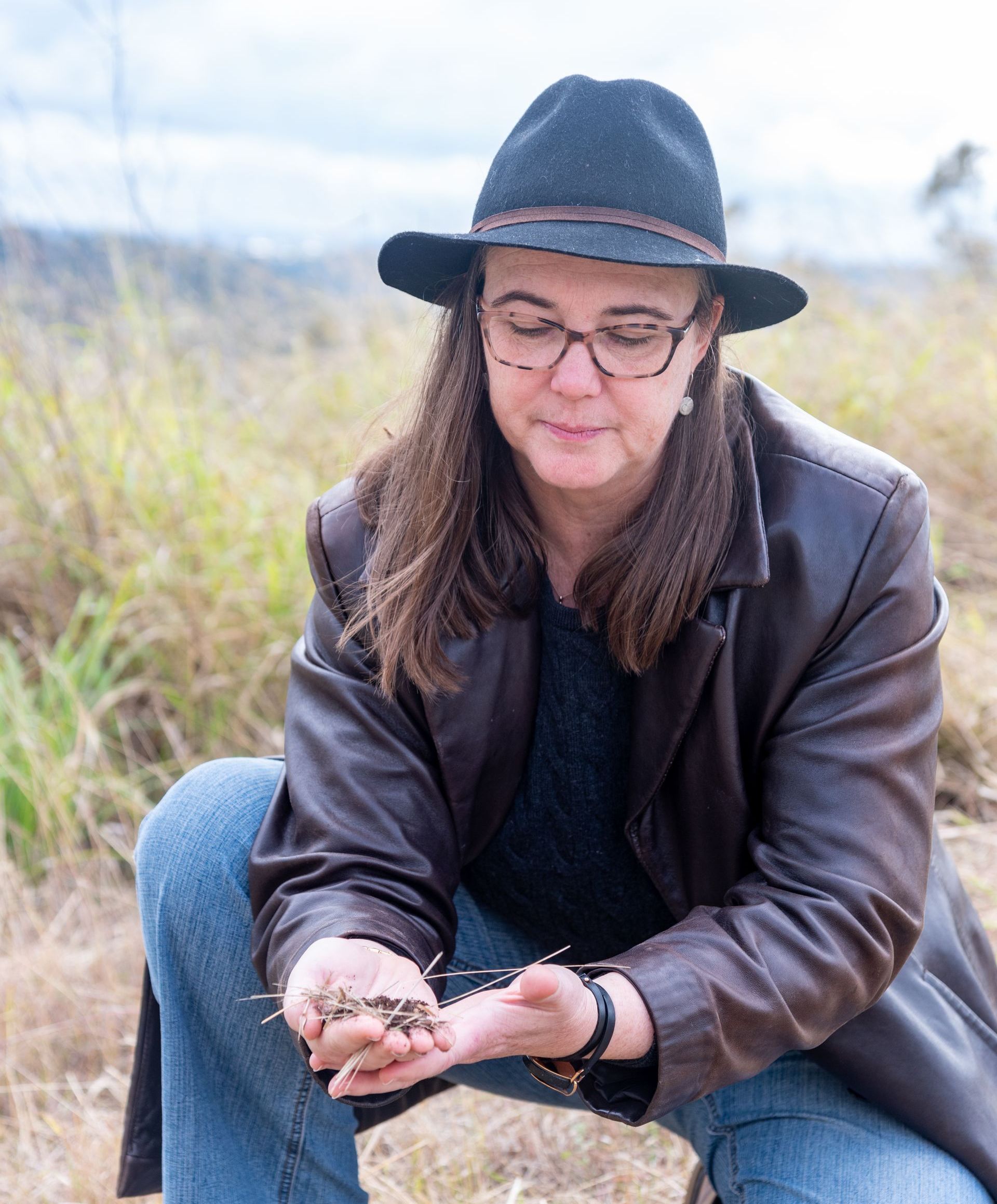Habitat trends are starting to emerge following two platypus surveys in the Cambanoora Gorge area of the Upper Condamine River, near Killarney in Queensland.
Local resident and platypus advocate, Barbara George said this is the second survey undertaken in less than a year.
“We had 26 people come to sit along almost 20 kilometres of river bank at 15 spots over a two hour period on Saturday 23 April,” Barbara George said.
“And during this time we identified 11 confirmed different individuals; with three different animals spotted at one site and potentially two at another site,” Ms George said.
“That’s on par with what we surveyed in Spring which was the first local platypus observation survey ever conducted in the Upper Condamine River recording 13 platypus at 19 sites spanning a 22 kilometre stretch of river during September of 2021” she said.
With two surveys now complete trends in the type of habitat platypuses like to call home are starting to emerge.
“We are starting to see a pattern of exactly where they like it along the river system and we are beginning to get a real feel for the holes they are likely to inhabit,” Barbara George said.
“They want a deep water hole, but they also like to have a few ripples or shallow rocky areas with fast water nearby; especially the males who love to feed and swim in the faster flowing shallow water,” Ms George said.
“And they need a steep bank with soft ground, covered in grass that is about four metres deep so they can burrow; and they want shade and overhanging vegetation with a few logs in the river,” she said.
Differences in the platypuses behaviour was also noted from the Spring to Autumn survey.
“We found in September that they were a lot more careless about observers; but in the Autumn survey they really hung around the sides of the riverbanks and were more cautious,” Barbara George said.
“September is mating time and they were industriously building nests and were a lot more brash; whereas in April it’s not mating time so they were more elusive and cautious and more like what you would expect platypuses to be,” Ms George said.
Meanwhile, University of Queensland PhD student, Tamielle Brunt is researching platypus populations across south-east Queensland. and assisting local Killarney residents with the survey process.
“The first survey results indicated elements of their seemingly favourable habitat features including undercut banks, overhanging vegetation which is important for concealing burrowing entrances; and the instream substrate included a range of different sized rocks, logs and debris,” Tamielle Brunt said.
“These features are important for the abundance and diversity of platypus food and aquatic macroinvertebrates which live within the rocks and logs and feed upon leaf matter,” Ms Brunt said.
“Instream logs also featured heavily in their favourite spots providing protection for platypuses swimming in open waters,” she said.
“Numbers surveyed in the September survey suggest that the resources in the river (water, shelter and food) for platypuses are high and can sustain a healthy population of platypuses.”
The banks of the Upper Condamine River are high and sloping which Tamielle Brunt said is ideal for burrowing females.
“Female platypuses have a smaller home range of up to four kilometres and males can extend beyond eight kilometres, especially during breeding season,” Tamielle Brunt said.
“Females can overlap with other females and juveniles; and males can overlap with multiple females and juvenile males within their territory. But, when platypuses reach breeding age after two years, the sub-adult males will be driven out of the area by the dominant male,” Ms Brunt said.
“The Upper Condamine has a continuous flow of water connectivity which is beneficial for their movement, even more so in breeding season,” she said.
“The season starts around July, through to October.The females will build nests to raise their young for four months and then juveniles will emerge around February next year.”
This collection of baseline data is important for local councils and stakeholders from the perspective of land management and development along the river.
“Maintaining and protecting the habitat is important such as stabilising banks and increasing overhanging vegetation in degraded areas as it can help reduce bank erosion and instream sedimentation that can smother platypus’ food and shallow important pools,” Tamielle Brunt said.
“Ongoing observational surveys will also be vital in building upon the dataset and to develop knowledge of population changes overtime,” Ms Brunt said.
The next survey is due in the later part of 2022.
Please report any platypus sightings to PlatypusWatch Network
https://form.jotform.com/202928694167871
